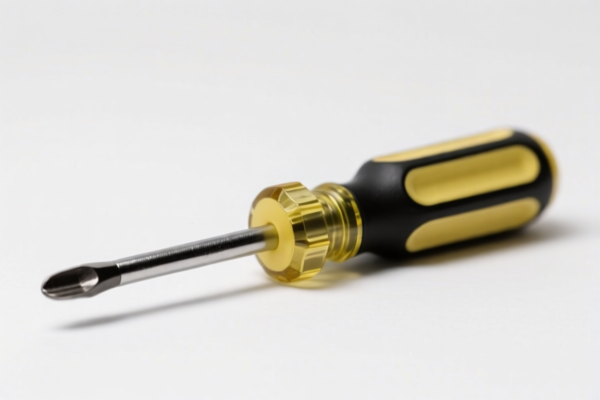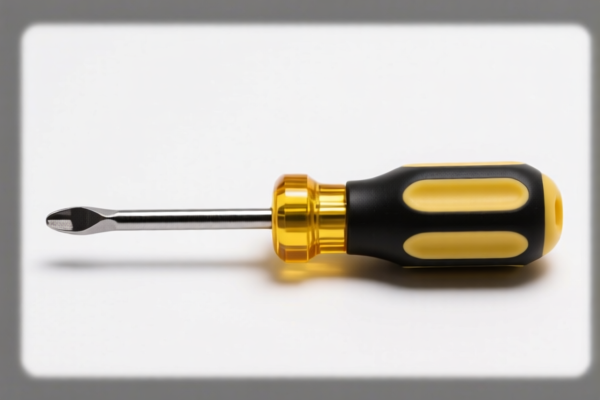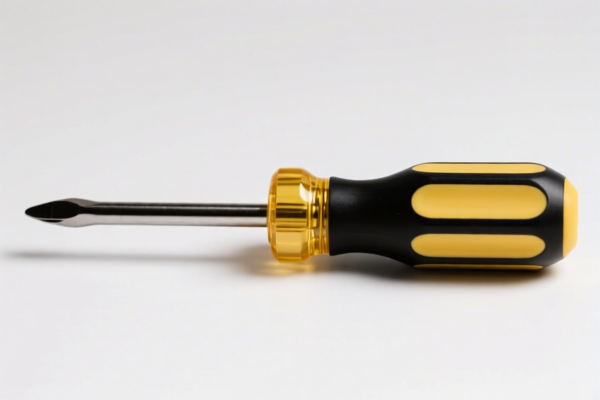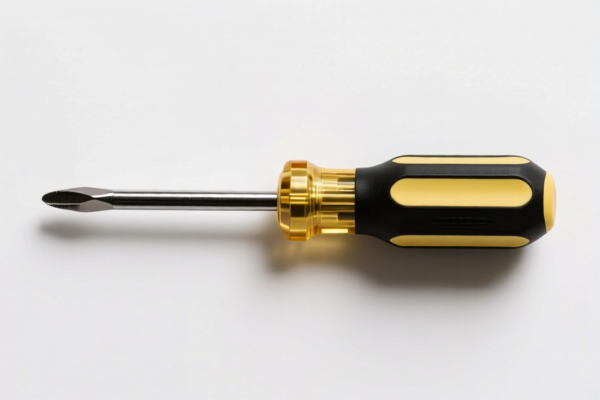| HS Code | Official Doc | Tariff Rate | Origin | Destination | Effective Date |
|---|---|---|---|---|---|
| 8205400000 | Doc | 61.2% | CN | US | 2025-05-12 |
| 8207306092 | Doc | 57.9% | CN | US | 2025-05-12 |
| 8205514500 | Doc | 55.0% | CN | US | 2025-05-12 |
| 8207907585 | Doc | 33.7% | CN | US | 2025-05-12 |
| 8207903075 | Doc | 60.0% | CN | US | 2025-05-12 |




Here is the detailed classification and tariff information for screwdriver bits (declared product) based on the provided HS codes and tax details:
🔍 HS CODE: 8205400000
Product Description: Screws and screwdrivers, and their parts
Total Tax Rate: 61.2%
- Base Tariff Rate: 6.2%
- Additional Tariff: 25.0%
- Special Tariff after April 11, 2025: 30.0%
- Note: This code is for general screwdrivers and their parts. Ensure the product is not classified under a more specific code.
🔍 HS CODE: 8207306092
Product Description: Interchangeable parts for hand tools
Total Tax Rate: 57.9%
- Base Tariff Rate: 2.9%
- Additional Tariff: 25.0%
- Special Tariff after April 11, 2025: 30.0%
- Note: This is a specific code for interchangeable parts used in hand tools. Confirm the product is not a complete tool but a part.
🔍 HS CODE: 8205514500
Product Description: Copper-made household tools and parts
Total Tax Rate: 55.0%
- Base Tariff Rate: 0.0%
- Additional Tariff: 25.0%
- Special Tariff after April 11, 2025: 30.0%
- Note: This code applies to copper tools and parts. If your product is made of copper, this may be the correct classification.
🔍 HS CODE: 8207907585
Product Description: Interchangeable parts for hand tools or machine tools
Total Tax Rate: 33.7%
- Base Tariff Rate: 3.7%
- Additional Tariff: 0.0%
- Special Tariff after April 11, 2025: 30.0%
- Note: This code is for interchangeable parts used in both hand and machine tools. Ensure the product is not a complete tool.
🔍 HS CODE: 8207903075
Product Description: Woodworking screw bits
Total Tax Rate: 60.0%
- Base Tariff Rate: 5.0%
- Additional Tariff: 25.0%
- Special Tariff after April 11, 2025: 30.0%
- Note: This code is specific to woodworking screw bits. Confirm the product is used for woodworking.
📌 Proactive Advice:
- Verify Material and Unit Price: The material (e.g., copper, steel, aluminum) and unit price can affect the correct HS code and applicable tariffs.
- Check Required Certifications: Some products may require certifications (e.g., RoHS, CE) for customs clearance.
- Confirm Product Description: Ensure the product is classified as a "part" or "tool" based on its function and design.
- Monitor Tariff Changes: The April 11, 2025 special tariff applies to all the above codes. Be prepared for increased costs after this date.
Let me know if you need help determining the most accurate HS code for your specific product. Here is the detailed classification and tariff information for screwdriver bits (declared product) based on the provided HS codes and tax details:
🔍 HS CODE: 8205400000
Product Description: Screws and screwdrivers, and their parts
Total Tax Rate: 61.2%
- Base Tariff Rate: 6.2%
- Additional Tariff: 25.0%
- Special Tariff after April 11, 2025: 30.0%
- Note: This code is for general screwdrivers and their parts. Ensure the product is not classified under a more specific code.
🔍 HS CODE: 8207306092
Product Description: Interchangeable parts for hand tools
Total Tax Rate: 57.9%
- Base Tariff Rate: 2.9%
- Additional Tariff: 25.0%
- Special Tariff after April 11, 2025: 30.0%
- Note: This is a specific code for interchangeable parts used in hand tools. Confirm the product is not a complete tool but a part.
🔍 HS CODE: 8205514500
Product Description: Copper-made household tools and parts
Total Tax Rate: 55.0%
- Base Tariff Rate: 0.0%
- Additional Tariff: 25.0%
- Special Tariff after April 11, 2025: 30.0%
- Note: This code applies to copper tools and parts. If your product is made of copper, this may be the correct classification.
🔍 HS CODE: 8207907585
Product Description: Interchangeable parts for hand tools or machine tools
Total Tax Rate: 33.7%
- Base Tariff Rate: 3.7%
- Additional Tariff: 0.0%
- Special Tariff after April 11, 2025: 30.0%
- Note: This code is for interchangeable parts used in both hand and machine tools. Ensure the product is not a complete tool.
🔍 HS CODE: 8207903075
Product Description: Woodworking screw bits
Total Tax Rate: 60.0%
- Base Tariff Rate: 5.0%
- Additional Tariff: 25.0%
- Special Tariff after April 11, 2025: 30.0%
- Note: This code is specific to woodworking screw bits. Confirm the product is used for woodworking.
📌 Proactive Advice:
- Verify Material and Unit Price: The material (e.g., copper, steel, aluminum) and unit price can affect the correct HS code and applicable tariffs.
- Check Required Certifications: Some products may require certifications (e.g., RoHS, CE) for customs clearance.
- Confirm Product Description: Ensure the product is classified as a "part" or "tool" based on its function and design.
- Monitor Tariff Changes: The April 11, 2025 special tariff applies to all the above codes. Be prepared for increased costs after this date.
Let me know if you need help determining the most accurate HS code for your specific product.
Customer Reviews
No reviews yet.